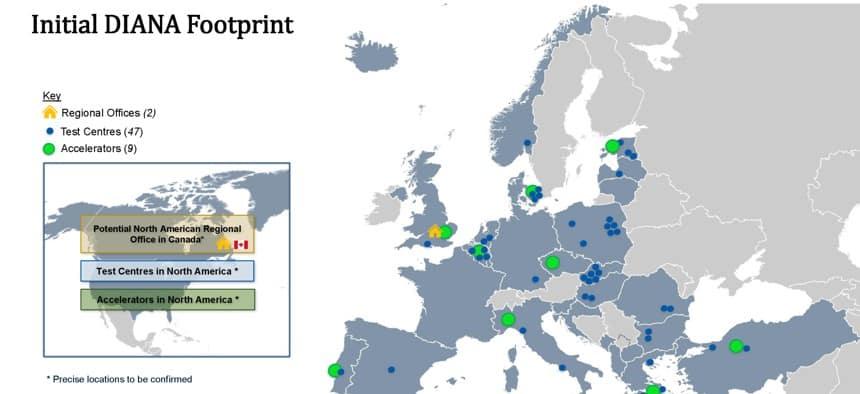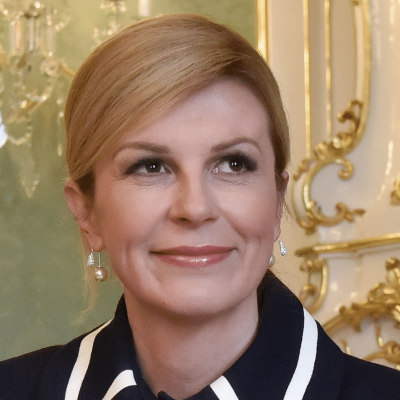NATO Must Ensure Defense and Civilian Industries Work Together

A new innovation accelerator and multinational VC fund should be just the beginning.
The internet, microwaves, and synthetic rubber came into our lives as products invented for military purposes. Even everyday things, such as undershirts and concentrated fruit juice were created to improve the combat readiness of armed forces. Though many people typically associate the military with war and suffering, this industry has been a source of incredible progress, producing inventions that made our lives longer, healthier, and easier. These days, innovation is likely to run the other way, with the military benefiting from inventions developed with private funding.
A symbiotic relationship between military needs and human progress is not necessarily the default. Instead, it requires a well-oiled innovation ecosystem in which military and civilian industries share their expertise and knowledge with one another. NATO has recently announced several initiatives to build on past success, but more are needed—particularly as members increase their military funding.
Virtually all alliance members are investing more in defense or are soon planning to do so. Germany, for example, declared that it would create a 100-billion-Euro fund and reach its 2% goal in 2022. Poland, which shares the longest EU border with Ukraine, has taken in more than 3.5 million Ukrainian refugees and promised to dedicate 3% of its GDP to defense. Croatia ramped up its defense investment to 2.3% of GDP.
To ensure that this new investment spurs innovation and co-operation between military and civilian industries as well as academia, NATO announced in April the Defense Innovation Accelerator for the North Atlantic. DIANA will concentrate on deep technologies, including artificial intelligence, big-data processing, quantum-enabled technologies, biotechnology, novel materials, and outer space. In addition, 17 NATO nations have agreed to set up the world’s first multi-sovereign venture capital fund. It will invest 1 billion Euros in early-stage startups and other deep tech funds aligned with its strategic objectives.
But NATO members need to do more to maintain their technological advantage over Russia and China, who are also increasing spending on military research and development. The trends make this clear. In 1960, the U.S. accounted for 69 percent of global R&D investments, with U.S. defense-related R&D accounting for no less than 36% of global spending. The bulk (65%) of U.S. investments in defense-related R&D was financed from the federal budget. However, by 2019, the U.S. share of global R&D fell to 30%, and the share of federal government investment in defense-related R&D fell from 65% to 21%, whereas the share of business investment in R&D has grown from 33% to 71%. This leaves no doubt that meaningful innovation is not possible without close co-operation with the private sector.
As NATO prepares to adopt its next Strategic Concept at the summit in Madrid, it is essential that it focus on mechanisms that maintain its technological advantage. As part of GLOBSEC’s work at the Future Security and Defense Council, we have proposed several ideas to help promote innovation in the Alliance. We are convinced that NATO’s innovation ecosystem must integrate public and private sectors to ensure this edge.
* the article was originally published at Defense One
